The exhibition Zagreb / City. People. Life. presents just one segment of the life of Zagreb and its inhabitants, according to selection of visual depictions of the city and portraits of well- and lesser-known Zagreb people from the Collection of Painting, Prints and Applied Graphic Art of Zagreb City Museum that tells in multiple ways of the cultural and historical heritage of the city.
Zagreb City Museum, Opatička 20
July 25 to November 10, 2019
About the exhibition
For the same reason, as well as paintings and drawings, there are also caricatures about Zagreb, their place in a museum clearly at odds with their supposed transience. There are even ephemera of everyday life in the town, such as the visually designed printed matters of the Municipal Gasworks or drawings for the promotion and advertising of an enterprising factory owner, from the domain of commercial art. In the quest for an authentic image of the city, room has also been found for the productions of sign writers - those painted signs that were once an essential feature of shops on the streets of Zagreb.
The selection from the Collection, with minor discrepancies, covers works stemming from the 20th century. The exhibition unveils works from the museum’s stores that have hitherto been insufficiently well known, and are being mostly shown for the first time; alternatively, works already known are being interpreted in a different context from that of previous displays. We investigate just how the artists endeavoured to capture the essence of Zagreb in their works.
The concept of the exhibition covers both the primary (original) and secondary (museum) cultural and historical context of every image or object through the omnipresent social discourse, taking in the motif, the authorship and the circumstances in which they were formed, that is, the meaning of these images in the Zagreb micro-milieu, once and now, at the time they came into being and of their original employment, and subsequently, after they were accessioned.
The presentation of individual artists is enlivened with interesting features related to the authorial selection and the personal experience of the artist with some of the Zagreb cityscapes and also those related to the private and professional destinies of the subjects of the portraits, the links between client and artist, and sometimes, when it can be proved, the circumstances that linked the portrait painters and their subjects, the original owners of the images and all those successive, legitimate heirs, the owners of the pictures donated, and the owners of unwanted pictures.
These little city stories are musts to complement the pictures in an attempt at the creation of a collective memory of Zagreb in the wide spectrum of interests of the City Museum in the people who make up the life of the city.
Željka Kolveshi

In the City Café of Zagreb
Reska Šandor, 1932
Reska Šandor painted the people in the City Café just after its opening in 1931. The crush, the almost sensible babble of the guests and the waiters convey the style of life in the café.

Bogovićeva ulica, view from the Flower Square onto Gajeva Street
Matko Benkovicc, 1943
The view onto Gajeva Street in wartime 1943 might well have been the view from the Propaganda Building on Preradevićeva Square, where Benković was probably working in the state Exhibition/Graphic section.

CITY
Zlatan Vrkljan, 1996

Vladimir Lunaček at the beginning of his career in journalism
Joso Bužan, 1902
The portrait was done in 1902 and links the painter and the subject, Lunaček. In that year Lunaček started working for Zagreb papers, and Bužan showed his work for the first time in Zagreb.

Marta Robić
unknown artist, March 25, 1956
Marta Robić, wife of the popular singer Ivo Robić, was portrayed by a talented draughtsman who paid his bar bill with profits from the portrayal of well-known guests at the night club the Ritz Bar.

Janko Holjac
Vlaho Bukovac, 1910
The portrait of Janko Holjac is the only official portrait of the mayor of Zagreb, which has an interesting detail, an attribute of his office: the top of the back of the chair on which he is sitting has a carved coat of arms of the city of Zagreb.

Zrinjevec is a park / in which all are glad to walk
Antun Boris Švaljek, 1993
Zrinjevac Park has always been a favourite place in which to stroll under the crowns of the hundred-year-old plane trees, for planned and fortuitous encounters, for lovers of music at concerts in the Music Pavilion.

Cake – the Building of the Home of Visual Artists on the Square of the Victims of Fascism
Ivan Šarić, 1970
Šarić’s caricatures are generally known under the name of Zarisi, Sketches. Although his day job was that of archaeologist and conservator, the caricature without words, often with sarcastic messages, was his manner of expressing himself, a personal view on the world and on Zagreb.

Špeceraj [Provisions]
Zvonimir Zaić, about 1938
The shape and painting of the sign drew the eye of passers-by with its colourful portrait of a male-female figure pointing its finger at the shop, backed up by the inscription Špeceraj being formed like an arrow indicating the shop.
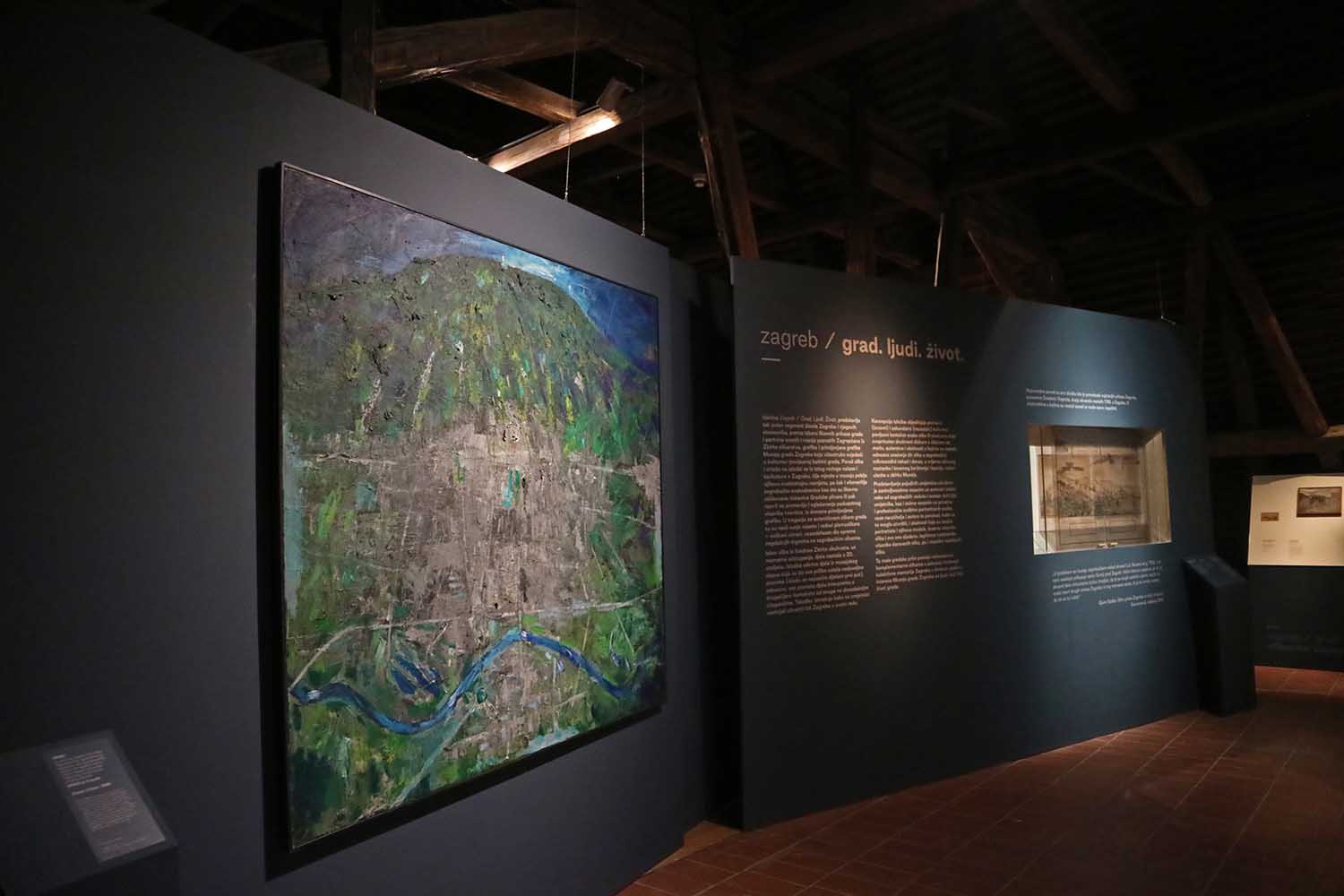
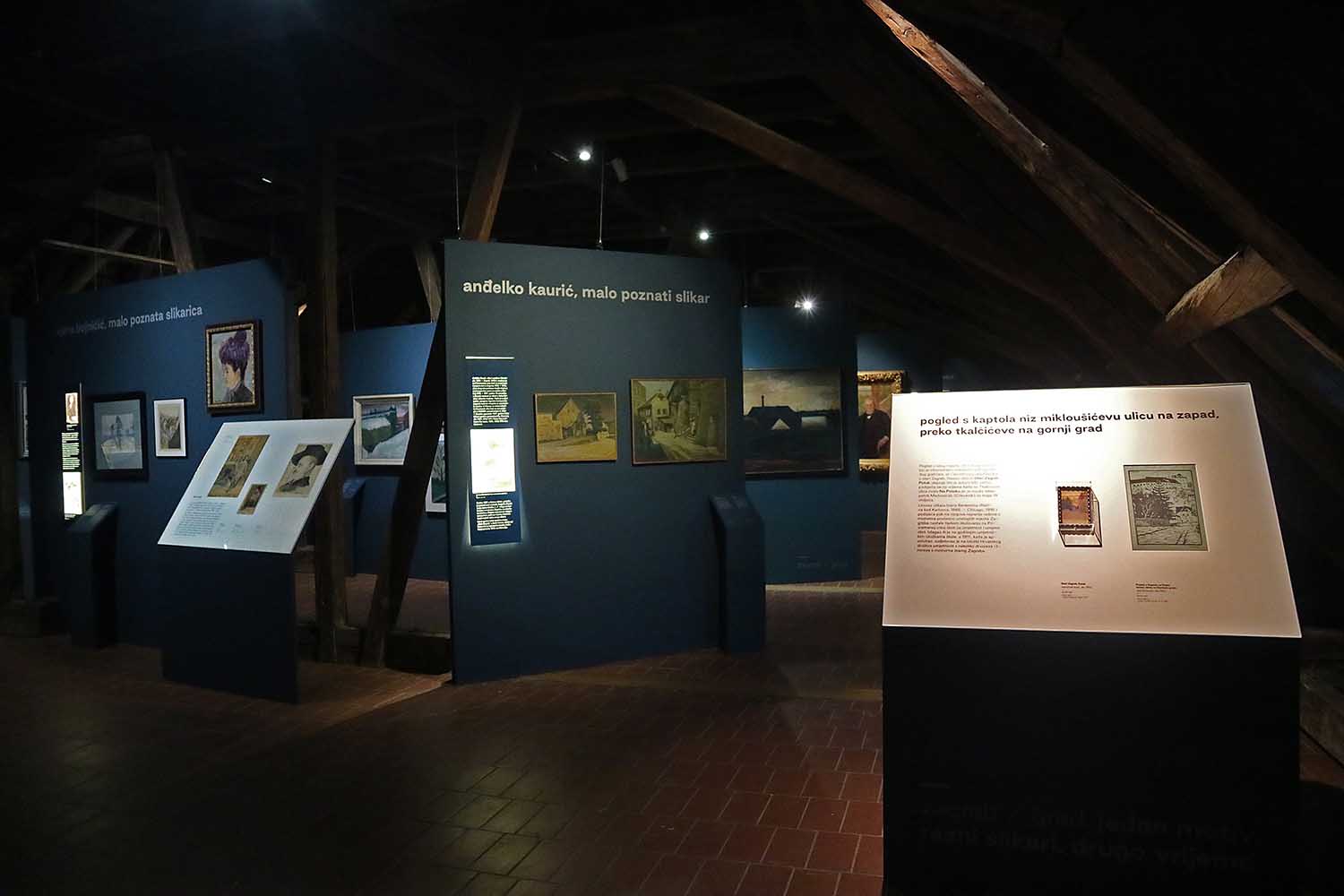

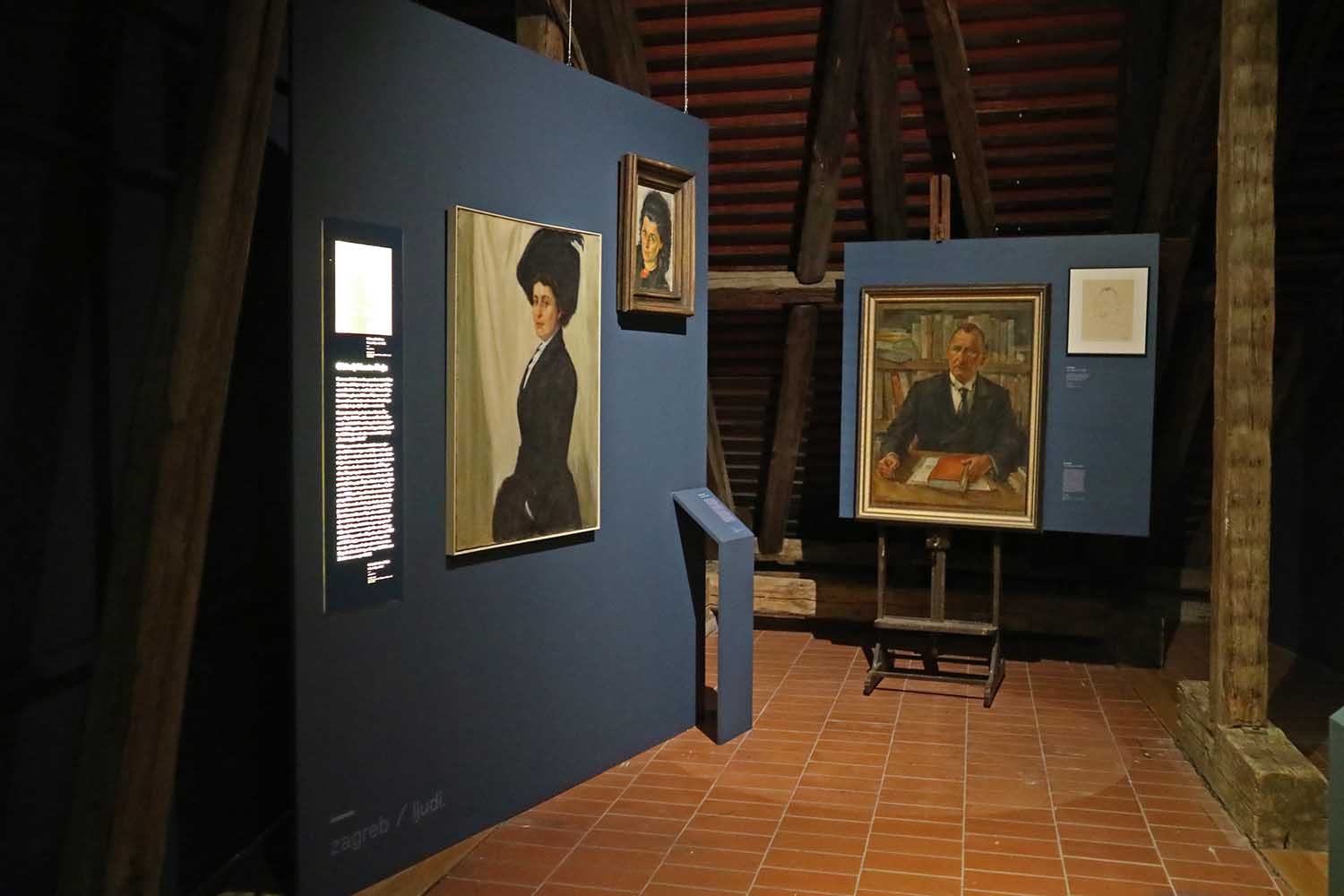
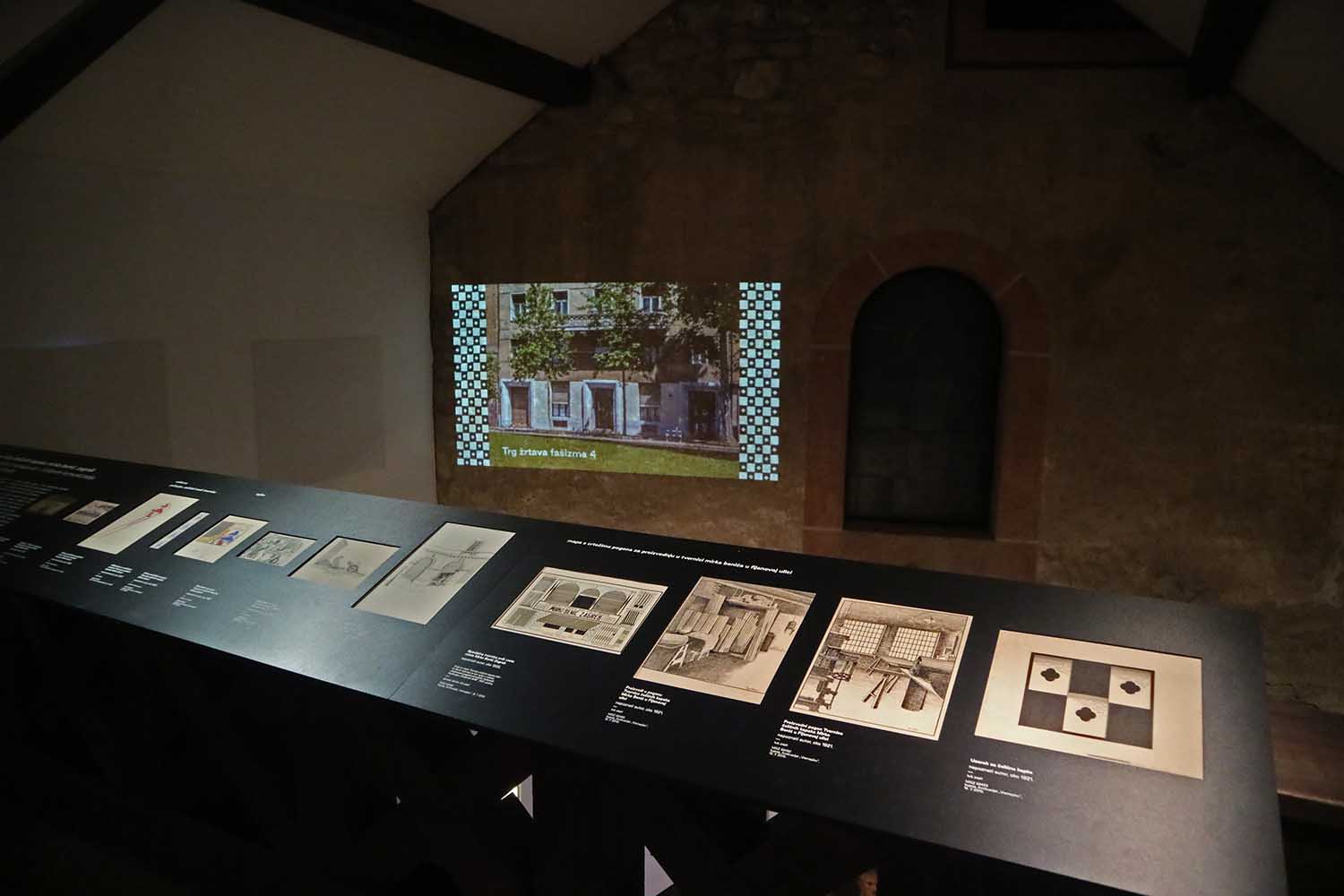
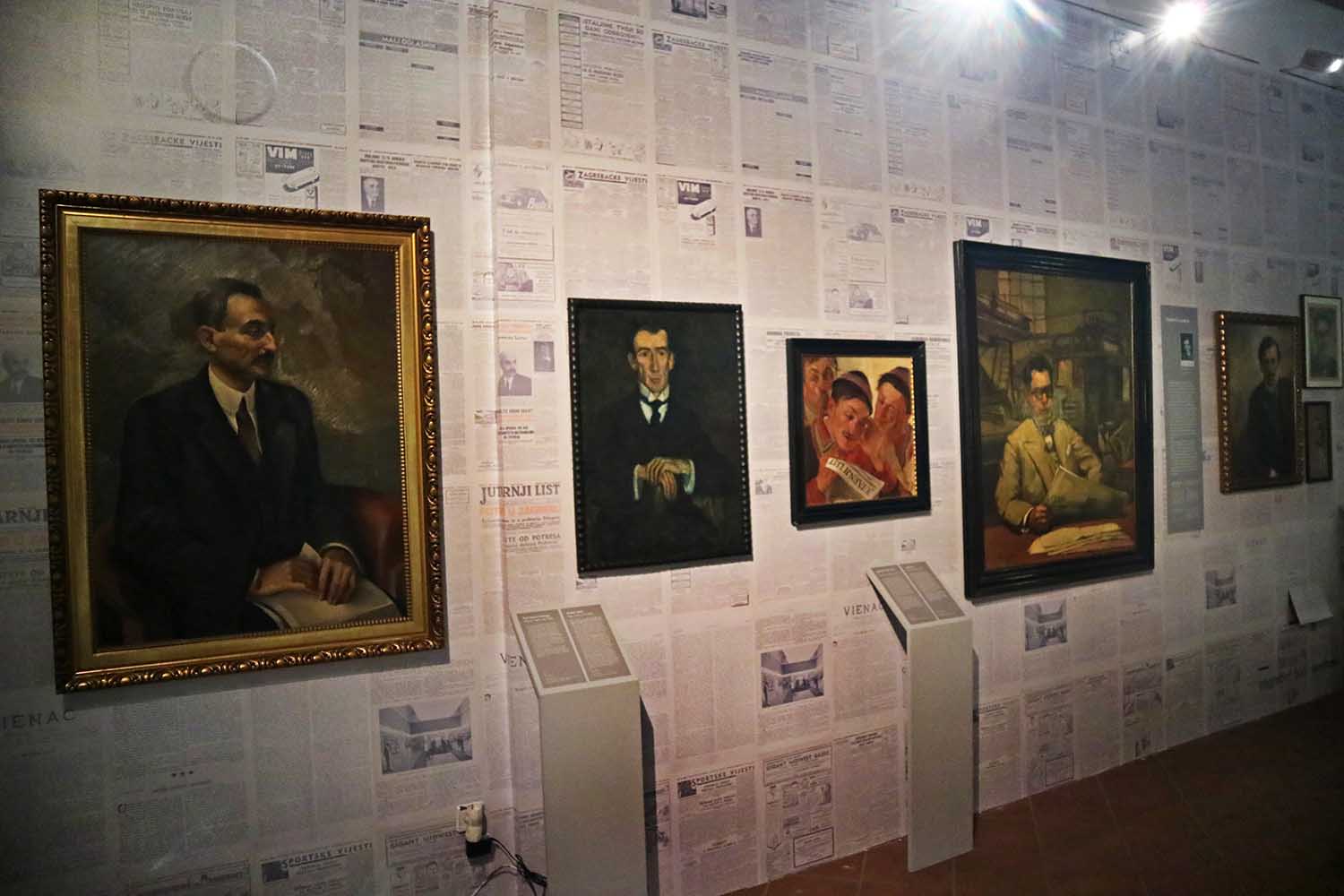
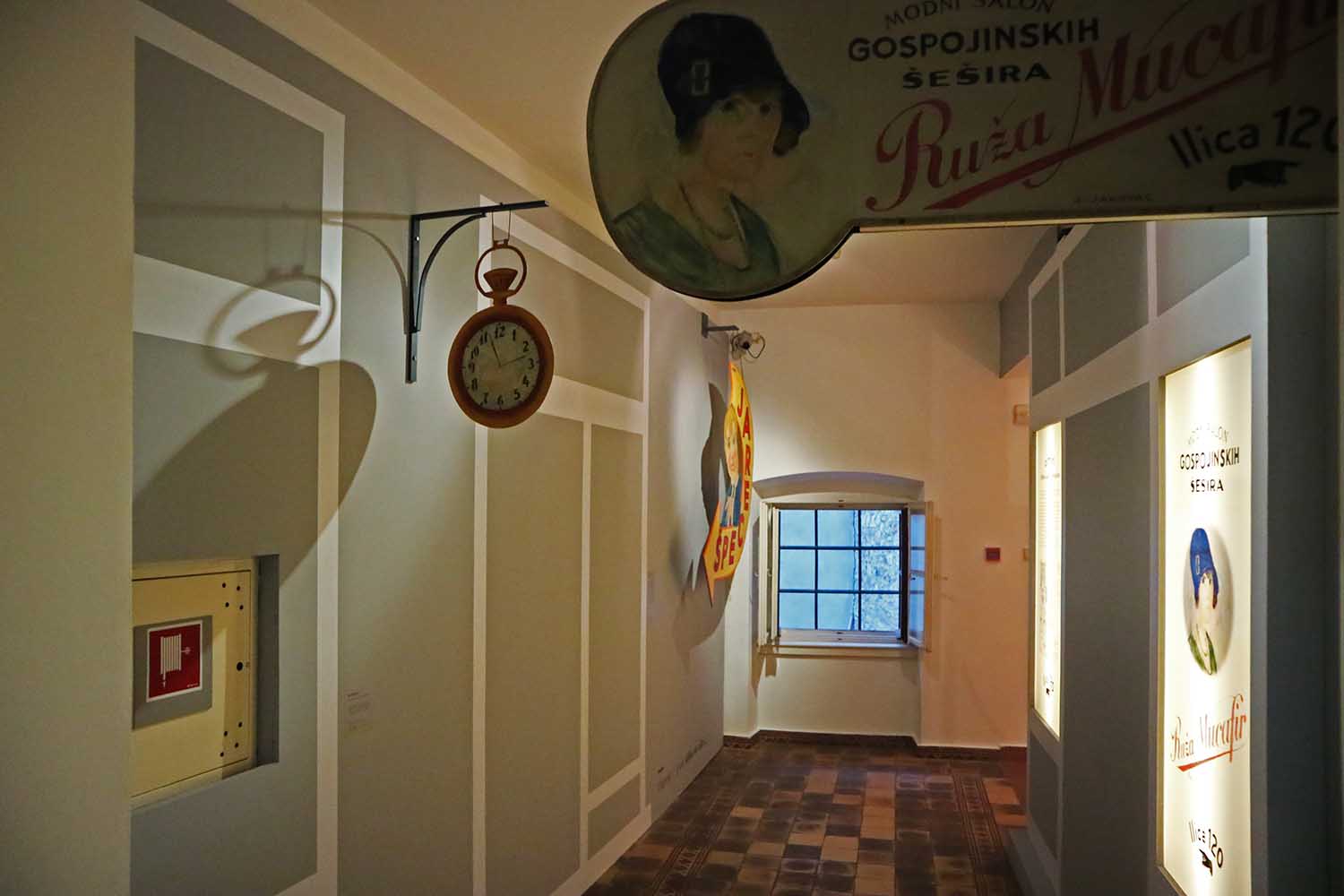
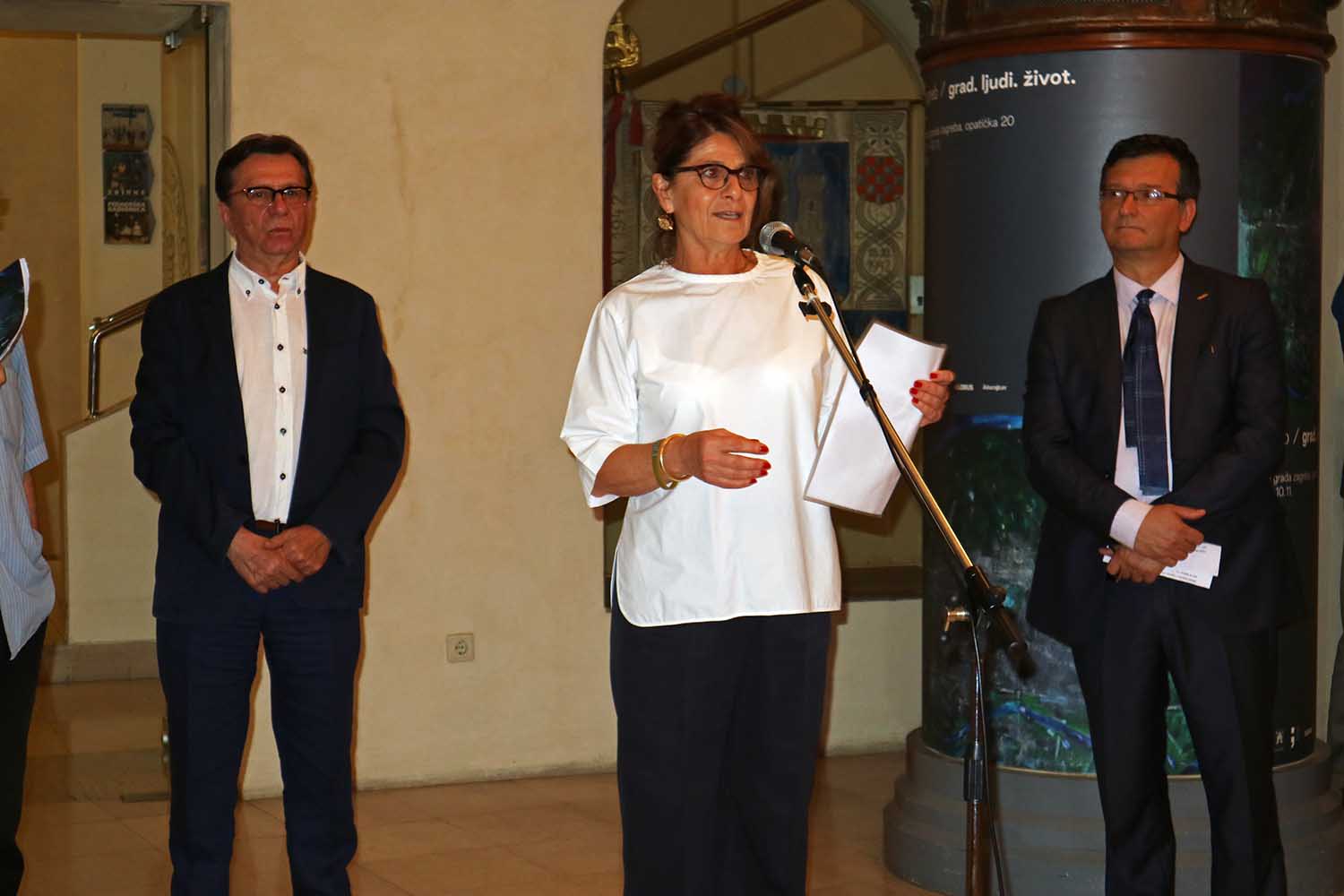
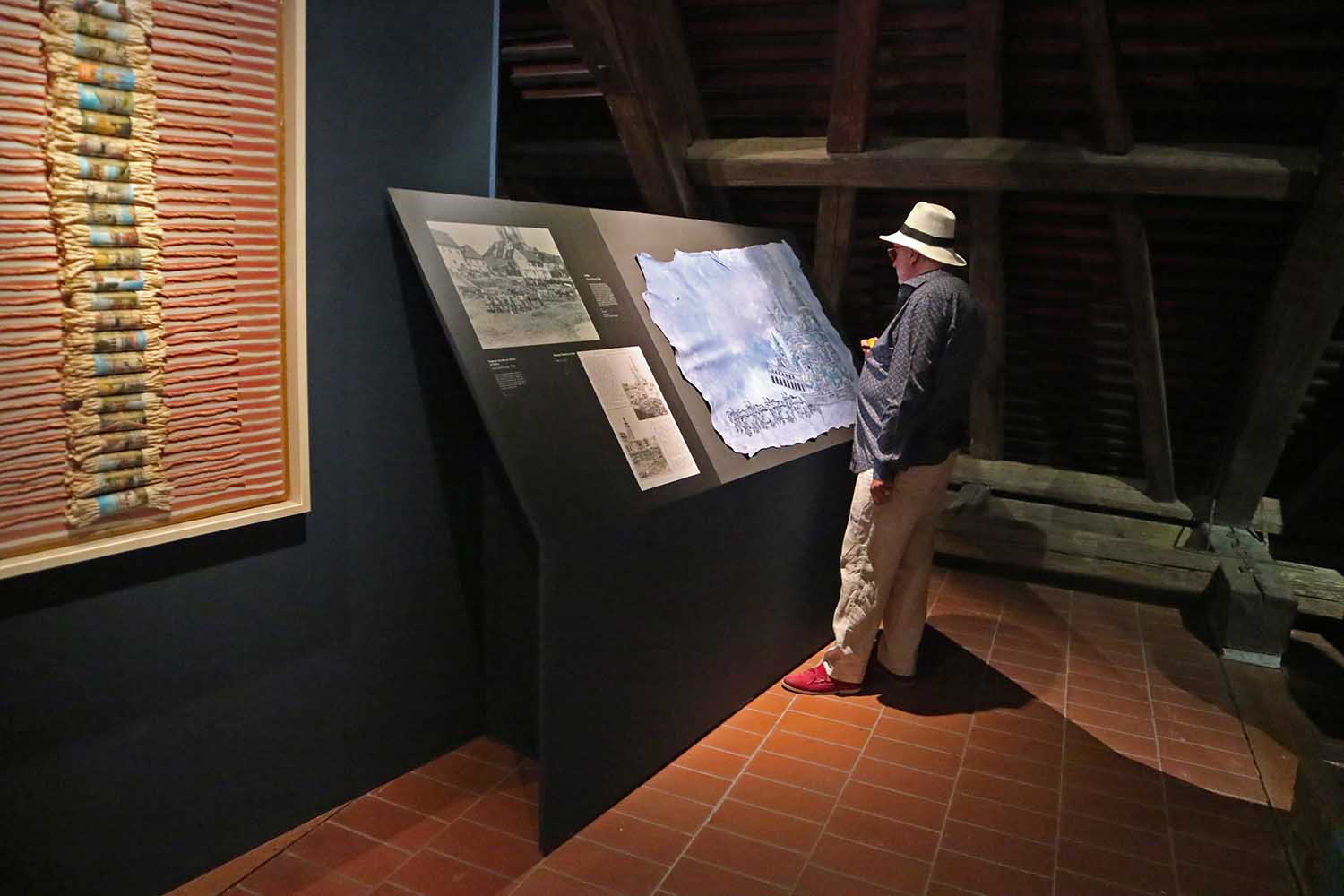
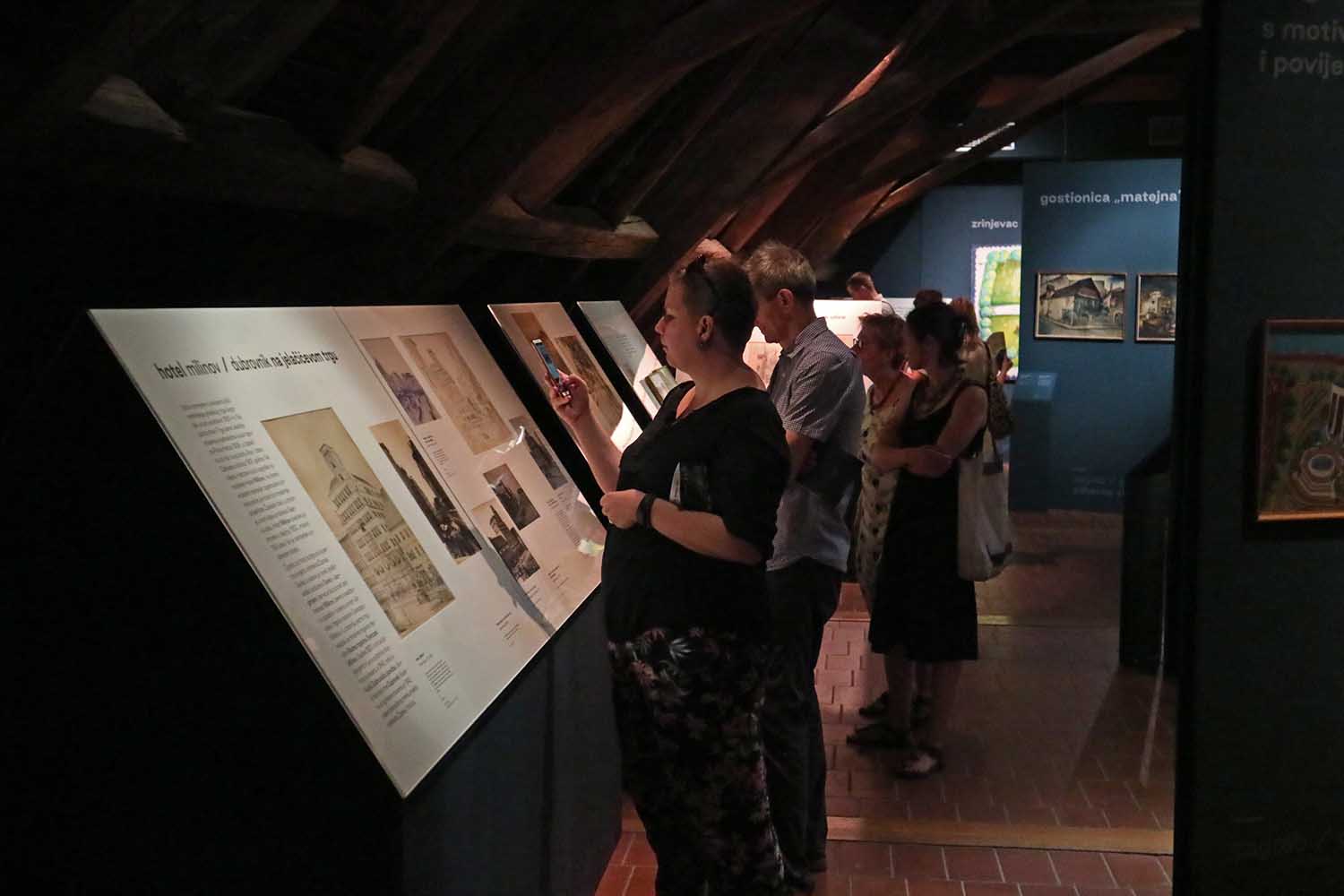
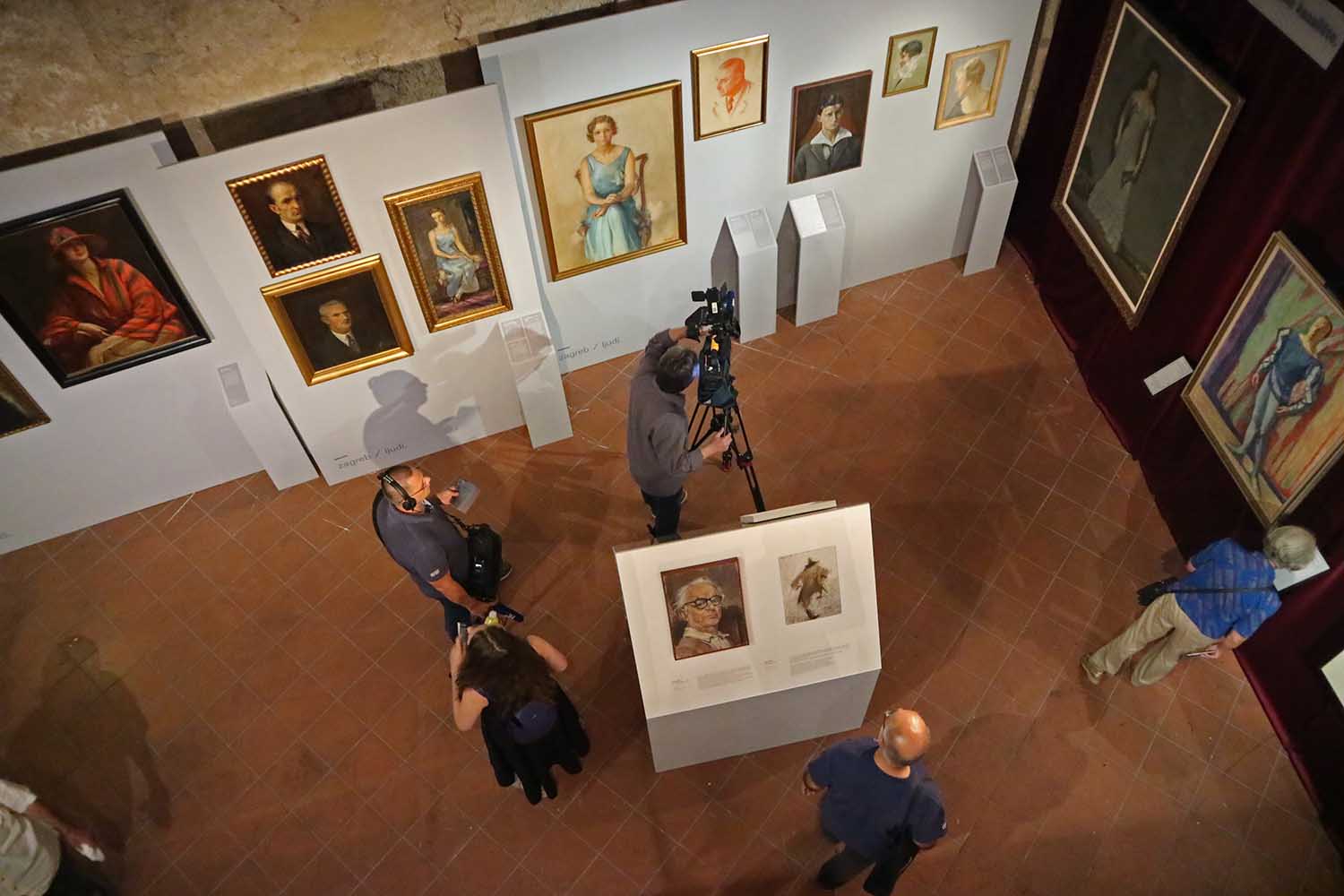

photo Miljenko Gregl, ZCM

